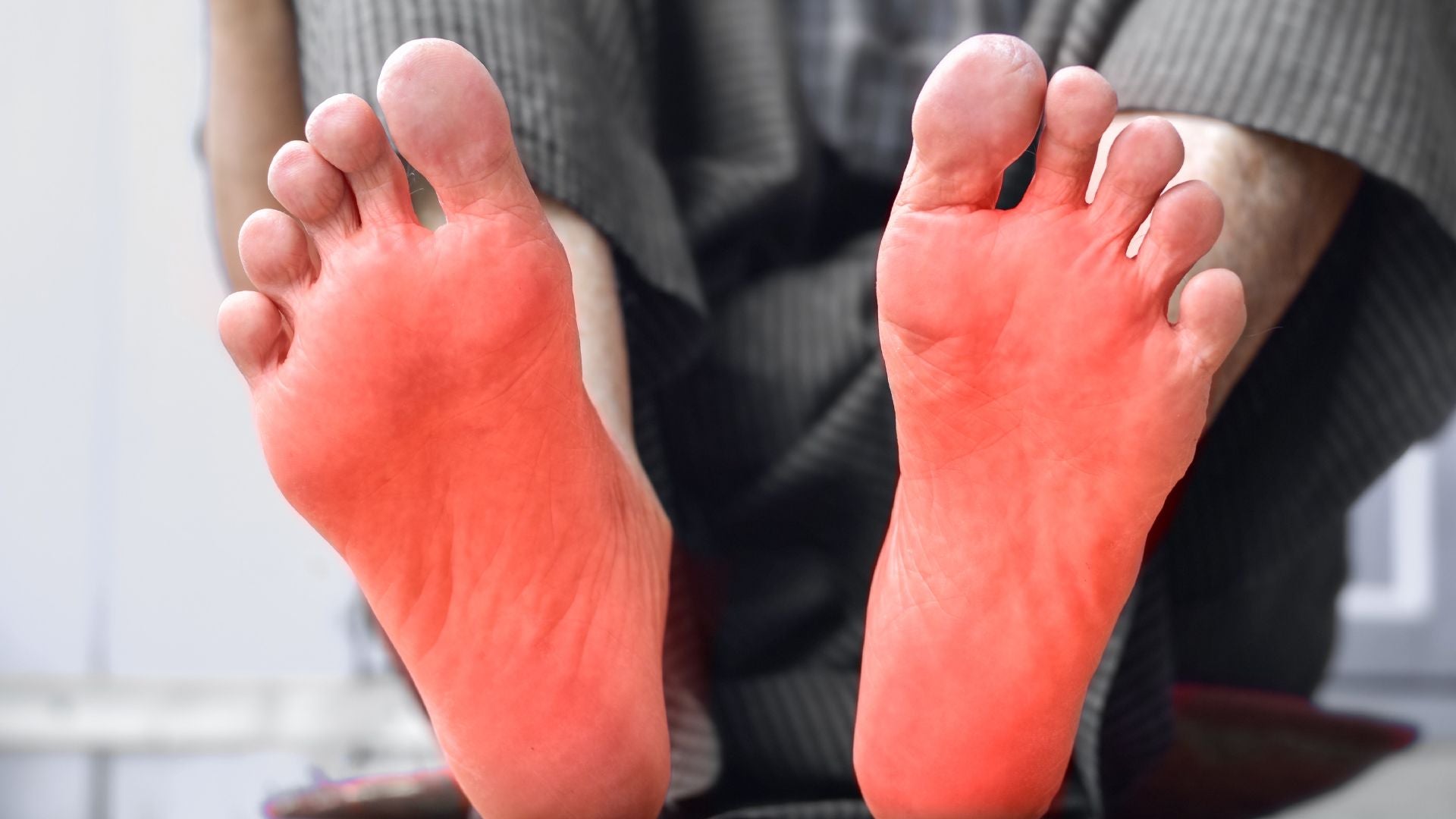Introduction: Plantar fasciitis can be a painful and frustrating condition, but with the right approach, it's manageable. In this guide, we'll delve into what plantar fasciitis is, its symptoms, causes, and most importantly, effective rehabilitation strategies to help you find relief.
Understanding Plantar Fasciitis: Plantar fasciitis stems from inflammation of the plantar fascia, a vital band of tissue connecting the heel bone to the toes. This inflammation leads to sharp, stabbing heel pain, particularly during the first steps in the morning or after extended periods of inactivity. Prolonged standing or physical activity can exacerbate the discomfort.
Causes of Plantar Fasciitis: Several factors contribute to the development of plantar fasciitis, including excessive strain, improper footwear, high-impact activities, obesity, and specific foot mechanics or structural issues. Individuals with tight calf muscles or a high arch may also be more susceptible to this condition.
Treatment Options: The key to effective plantar fasciitis rehabilitation lies in a multifaceted approach:
-
Rest and Stretching Exercises:
- Allow your feet time to heal by minimizing high-impact activities.
- Incorporate stretching exercises to improve flexibility and alleviate tension in the plantar fascia.
-
Supportive Footwear:
- Opt for shoes with proper arch support and cushioning to reduce strain on the plantar fascia.
- Avoid high heels and shoes lacking adequate arch support.
-
Orthotic Inserts:
- Over-the-Counter (OTC) Inserts: Provide additional arch support and cushioning, readily available at drugstores.
- Custom Orthotics: Prescribed by a podiatrist, crafted to address specific biomechanical issues.
-
Night Splints:
- Maintain the foot in a dorsiflexed position overnight to prevent the plantar fascia from tightening.
-
Stretching and Exercise Aids:
- Foot Rocker: Facilitates controlled dorsiflexion movement to stretch the plantar fascia and Achilles tendon.
- Massage Balls or Rollers: Useful for massaging and stretching the plantar fascia.
-
Cold Compression Therapy:
- Apply ice packs or cold wraps to reduce inflammation and alleviate pain.
-
Anti-Inflammatory Medications:
- Use topical creams or gels containing anti-inflammatory agents for localized relief.
-
Physical Therapy Tools:
- Incorporate resistance bands for exercises that strengthen foot and calf muscles.
- Consider taping or strapping techniques for additional foot support.
-
Night Braces:
- Utilize plantar fasciitis night splints to maintain a dorsiflexed position during sleep.
-
Calf Stretching Devices:
- Slant Boards: Facilitate controlled stretching of the calf muscles to relieve tension on the plantar fascia.
-
Eccentric Exercise Tools:
- Use tools like a FlexBar for eccentric exercises to strengthen foot and calf muscles.
Plantar fasciitis rehabilitation requires patience and consistency. Before starting any program, consult with a healthcare professional or podiatrist for personalized advice. Combining these strategies with lifestyle modifications can significantly contribute to your journey towards relieving plantar fasciitis and restoring comfort to your daily activities.










